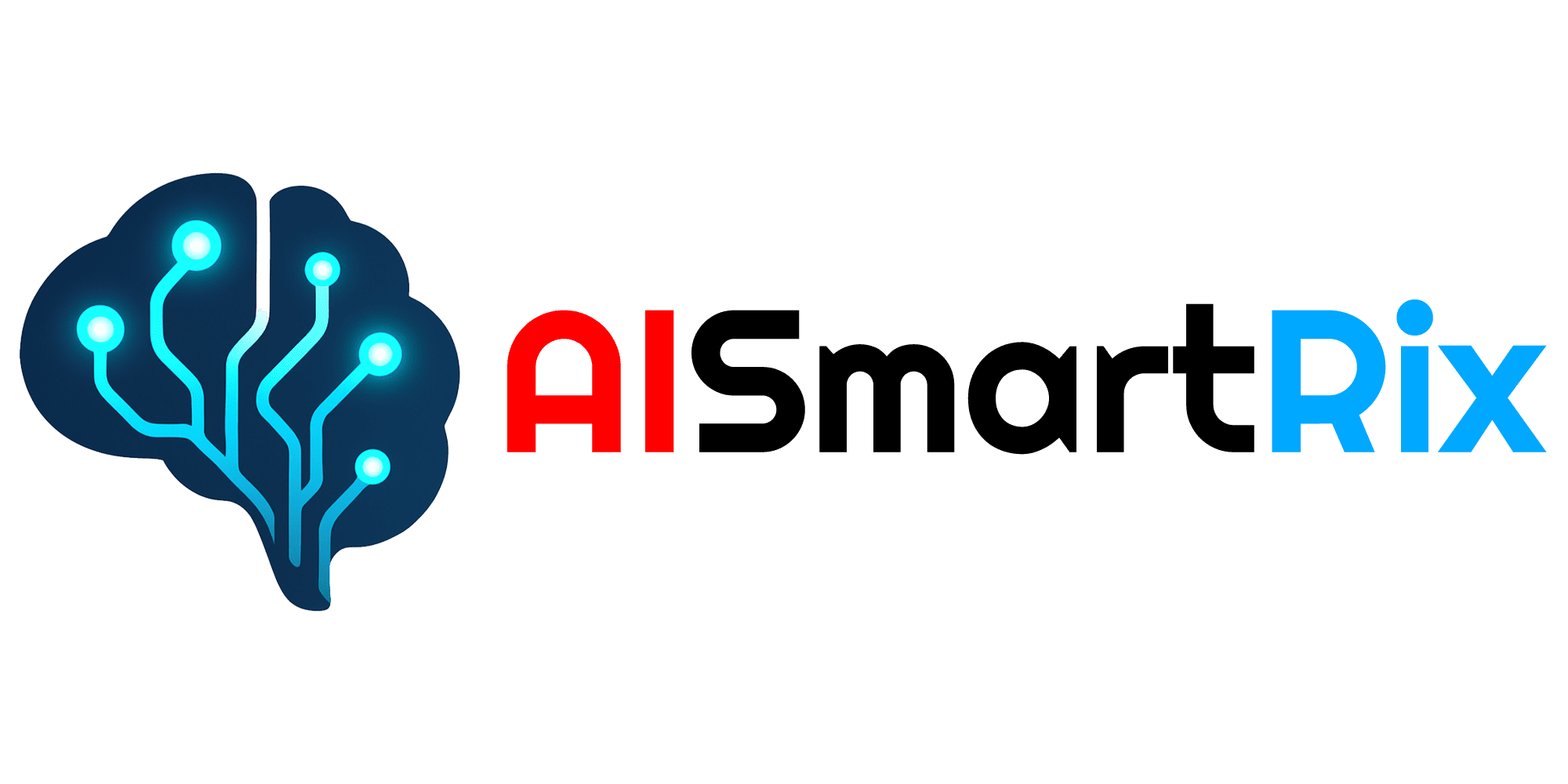AI and Cybersecurity: Protecting the Digital World
In today’s hyperconnected age, where billions of devices exchange data every second, cybersecurity has become the frontline defense of our digital world. From online banking to cloud storage, from smart homes to government systems, everything depends on digital trust. But as cyber threats grow more sophisticated, traditional defenses are no longer enough. That’s where Artificial Intelligence (AI) and cybersecurity intersect—creating a new era of digital protection.
AI is not just a buzzword in cybersecurity. It’s a game-changer, capable of predicting, detecting, and neutralizing threats at a scale and speed that humans alone cannot achieve. Let’s dive into how AI is reshaping cybersecurity, why it matters for every business and individual, and what the future of digital defense looks like.
1. Why Cybersecurity Needs AI Now More Than Ever
Cyber threats are evolving faster than ever. Hackers no longer rely only on brute force—they use AI-driven attacks such as deepfake scams, automated phishing, and ransomware that adapts in real-time.
Traditional security systems, built on static rules, often fail to keep up. But AI flips the script by using:
- Machine Learning (ML): Systems that learn from every attempted attack and adapt defenses automatically.
- Behavioral Analytics: Detecting unusual activity—like a login from an unexpected location—that signals a possible breach.
- Threat Prediction: Identifying vulnerabilities before hackers exploit them.
With AI, security shifts from being reactive to proactive—a massive leap forward.
2. How AI Powers Cyber Defense
AI is being deployed across multiple layers of cybersecurity, making defenses smarter and faster:
- Intrusion Detection Systems (IDS): AI-powered IDS can filter millions of data packets and flag anomalies in real time.
- Automated Threat Hunting: Instead of waiting for alerts, AI actively searches for suspicious activities hidden in large networks.
- Fraud Detection: Banks and e-commerce platforms use AI to stop unauthorized transactions instantly.
- Malware Analysis: AI can reverse-engineer new malware strains in seconds, something that would take human analysts days.
This real-time protection is crucial as cybercriminals grow more sophisticated.
3. AI vs. AI: The Cybersecurity Arms Race
The twist in this story? Hackers are also using AI. From AI-generated phishing emails that look eerily authentic to malware that self-morphs to evade detection, the digital battlefield is turning into an AI vs. AI showdown.
This “arms race” makes it vital for organizations to stay ahead by investing in ethical AI systems for cybersecurity, as well as human oversight to spot flaws that machines might miss.
4. The Role of Human-AI Collaboration in Security
Despite AI’s power, humans remain essential. AI can sift through oceans of data, but human intuition, ethics, and judgment are irreplaceable.
- AI handles scale. Millions of logs, billions of data points.
- Humans handle context. Understanding intent, motivations, and ethical implications.
The strongest cybersecurity systems combine AI precision with human oversight.
5. Everyday Examples of AI in Cybersecurity
AI in cybersecurity isn’t just for governments and tech giants—it’s already protecting everyday users:
- Gmail spam filters block 99.9% of phishing attempts using AI.
- Credit card fraud detection systems analyze real-time transactions for anomalies.
- Antivirus software powered by AI detects new malware strains without waiting for signature updates.
- Cloud platforms like AWS and Azure use AI-based threat detection for global clients.
Chances are, AI has already protected you today without you even noticing.
6. Challenges and Risks of AI in Cybersecurity
As powerful as AI is, it comes with its own challenges:
- Bias in Algorithms: If AI is trained on incomplete data, it may miss certain threats.
- False Positives: AI may flag safe behavior as dangerous, frustrating users.
- AI-Powered Attacks: Hackers leveraging AI means defenses must constantly evolve.
- Ethical Concerns: Who is accountable if an AI-based system makes a wrong security decision?
AI is not a silver bullet—it must be integrated carefully and responsibly.
7. The Future of AI in Cybersecurity
Looking ahead, AI will move cybersecurity into a new frontier:
- Zero Trust Architectures enhanced by AI to continuously verify every action.
- Quantum-Ready Security where AI helps guard against quantum computing threats.
- Autonomous Cyber Defense Systems that can neutralize attacks without human input.
- Global AI Security Alliances where nations and companies share real-time threat intelligence.
The future digital world will rely heavily on AI—not just as a tool but as a co-pilot in defending cyberspace.
8. Why This Matters for You
Whether you’re a student logging into online classes, a business owner managing customer data, or simply someone shopping online, cybersecurity is personal. AI ensures your passwords, identities, and financial details remain safe.
But staying secure also requires awareness: using strong passwords, enabling two-factor authentication, and understanding that humans remain the last line of defense against scams and breaches.
Conclusion: Can AI Keep Us Safe in a Digital-First World?
As we step deeper into the digital era, AI and cybersecurity are becoming inseparable. The threats are evolving, but so are the defenses. AI gives us the speed, scale, and predictive intelligence we need—but it works best when guided by human responsibility.
So the real question is: in this AI-powered cybersecurity future, will we stay one step ahead of cybercriminals—or will they outsmart the very systems designed to protect us?





